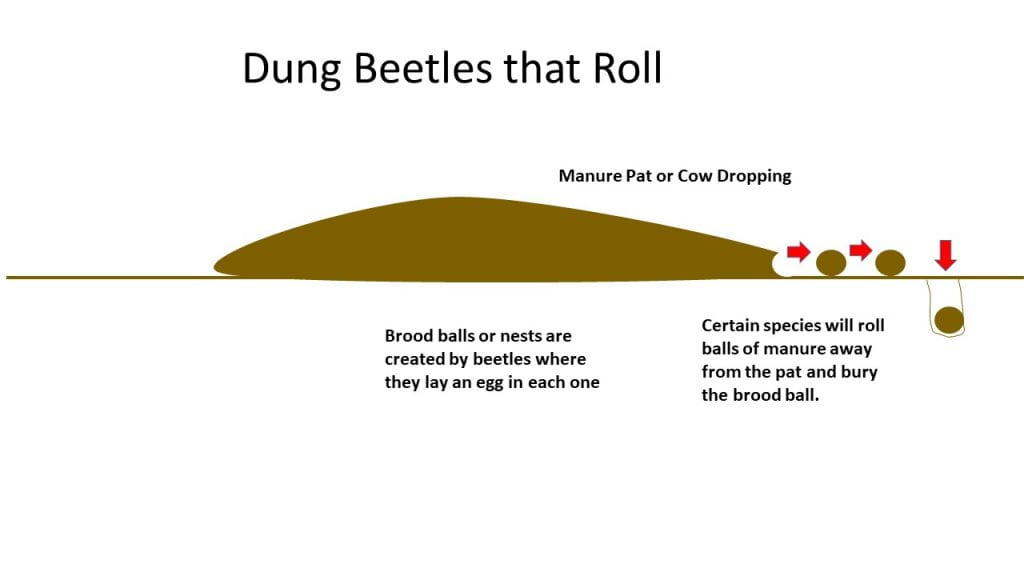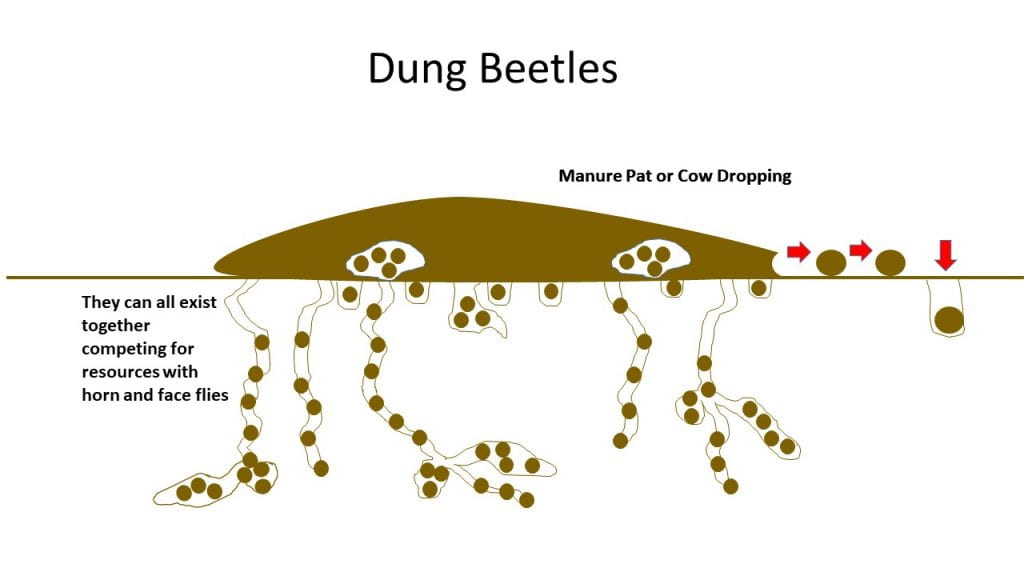NYS IPM Weekly Field Crops Pest Report, July 11, 2019
Volume 18, Number 11
Weed Resistance Management Demonstration and Plot Tour
http://events.cornell.edu/event/weed_resistance_management_demonstration_and_plot_tour
Tuesday, July 23, 2019 at 1:00pm to 3:00pm
Quinten Good’s Farm – Parking at J. Martin Auctions 1036 State Route 318 Waterloo, NY 13165
Come join us on July 23 in Seneca County at Quinten Good’s farm for a demonstration and walking tour of 16 different pre- and post-emergence treatments in soybean and 12 different treatments and combinations in corn.
- Tall waterhemp and marestail are two weeds that are resistant to glyphosate and ALS herbicide modes of action in the WNY and Finger Lakes regions.
- Each year the number of acres with resistant weed populations expands.
- For herbicides to be an effective tool in weed management, we have to know what chemistries & application timings are most effective against these resistant weeds.
Agenda:
1:00 – 1:15 Update on Current Status of Waterhemp and Marestail in NY, Mike Stanyard, CCE/NWNY Team
1:15 – 1:30 Waterhemp Resistance: Results of Spray Chamber Mode of Action Study , Bryan Brown, NYS IPM Program
1:30 – 2:15 Walking Tour and Review of Soybean Herbicide Treatments Jose Venancio Fernandez, Bayer Crop Science
2:15 – 3:00 Walking Tour and Review of Corn Herbicide Treatments Mike Hunter, CCE/NNY Team
Interseeded Cover Crops in Corn Field Day
Wednesday, July 24, 2019, 10-11:15 a.m.
Held at Conway Farms, 3999 East Road, Turin, NY 13473
This event is free and open to the public
1 NYS DEC pesticide applicator credit (Categories 1A, 10, 21) and CCA CEU’s will be available.
Dr. Bryan Brown, NYS IPM Program, Jose Venancio Fernandez, Bayer Crop Science and Mike Hunter, Cornell Cooperative Extension will discuss herbicide interactions with interseeded cover crops used in field crop production. They will also share up to date information on on the status of herbicide-resistant weeds in New York and talk about effective herbicide programs for corn weed control. This field day will provide attendees an opportunity to see several different herbicide programs used in the corn field.
Roundup-resistant weed control field event
July 24, 2019
Van Hatten Farm, 7810 Putnam Road, Barneveld, NY
1 to 2:30pm
DEC and CCA credits available
Please preregister by calling Linda at 315-736-3394 x 124
Bryan Brown Cornell NYSIPM will discuss greenhouse herbicide screening results of waterhemp and herbicide resistance management study which includes cultivation, interseeding and select herbicides in both corn and soybeans. Bryan and Venancio (Bayer) will discuss the results of the herbicide trials conducted at 3 sites with special emphasis of the results of the trial at the Flowing Springs Farm evaluating the performance of select herbicides, pre and post-emergence timing, single and sequential herbicide applications on herbicide resistant waterhemp in soybeans . Participants can view plots.
View from the Field
Potato Leafhopper (Empoasca fabae)
There are more reports of potato leafhopper over threshold in fields across the state. Many of the fields have nymphs, which do more damage than the adults do. I was in a new seeding that was above threshold for potato leafhopper this late last week. About 90% of the plants showed potato leafhopper burn. Once the plant has leafhopper, burn there is a dramatic loss in quality and yield.
Article on how to scout for potato leafhopper in alfalfa: https://blogs.cornell.edu/ipmwpr/time-to-scout-for-potato-leafhopper-in-alfalfa/
True Armyworm (Pseudaletia unipuncta)
There were more a few reports this week of true armyworm being found in cornfields across the state. Armyworm issues should end soon as the corn gets taller and armyworms pupate and will no longer feed.
Glume Blotch
There are reports of finding of glume blotch in small grains. If plants had a lot of Stagonospora Nodorum Blotch on the leaves early in the season, there is a good chance it may progress into glume blotch. Stagonospora Nodorum Blotch and Glume Blotch are the same fungus. Splashing rain or thunderstorms can move spores from field surface to the plant from past crop residue. The wheat head develops grayish or brownish spots on the chaff. As the disease progress the lesions will turn dark brown. At the center of the lesion, it will turn grayish-white with tiny brown or black dots inside it.
Weather Outlook – July 11, 2019
Jessica Spaccio
NOAA Northeast Regional Climate Center, Cornell University
After today’s rain, we will enter a generally dry period through next Wednesday. The storms that will move through today will give upstate regions between 0.5 and 1.00 of rain (maybe some higher amounts with the strongest storms). Totals will be lower as you move downstate (around 0.5 inches). Although there may be some scattered showers, late Saturday and Tuesday the chances are fairly low. After a hot/humid day today, Temperatures will be close to normal through Monday…basically 80’s for highs and 60s for lows across NY. Sunday is likely to be the coolest day. The heat and humidity will return on Tuesday and especially Wednesday with highs Wednesday likely in the upper 80s and low 90s and lows in the mid-60s. Wednesday also brings the next chance of rain, which might be enhanced by the remnants of Tropical storm Barry (expected to form in the Gulf).
The longer range forecast for the following week is for above normal temperatures and normal rainfall. The rainfall is likely to be spotty and mainly in the form of scattered showers as the region will be mainly dominated by a broad ridge of high pressure
National Weather Service watch/warnings map
Dung Beetles Do What?
Ken Wise, NYS IPM
I have been observing many dung beetles in the manure pats on pasture this last week. Dung beetles are very important insects that help recycle and decompose cattle manure in pastures. The following is a short little dung beetle video (8 seconds) you can download.
Dung beetles compete with other organisms like horn and face flies inside the cattle pat for resources within the manure, thus limiting pasture fly development. There are three types of dung beetles in a cattle pat:
Rollers (telecoprids)
Geotrupes species, form balls of manure, which they push from the pat to bury as brood balls
Onthophagus species are tunnelers that consume the pat and burrow beneath it to bury brood balls.
Dwellers (endocoprids)
Aphodius species, consume the manure as they tunnel within the dung pat and oviposit eggs in the manure or surrounding soil. Most dung beetles found in NY are dwellers.
The combine facets of dung beetles can help recycle manure into the soil and limit face and horn flies in the manure pat.
Dung beetles are your friends. If face and horn flies are an issue for your animals on pasture, try to select fly control methods and products that help preserve dung beetles on your pastures.
Clipboard Checklist
Keith Waldron, NYS IPM
General
*Walk fields to check general field condition, weed, vertebrate and other issues
*Watch for crop maturity, stand assessments, weed escapes, nutrient deficiencies, lodging issues
Alfalfa:
*Evaluate established legume stands for approximate days until harvest
*Monitor potato leafhopper, foliar, systemic and crown rot diseases.
*Monitor new seedings for potato leafhopper, pythium blight, phytopthora root rot.
Small Grains:
*Monitor grain fields for growth stage, disease and lodging issues, grain maturity, harvest timing
*Record diseases present, location and types of weed escapes
Corn:
*Monitor for mid-season corn pests including European corn borer, corn rootworm, western bean cutworm, slugs, foliar diseases such as northern corn leaf blight and gray leaf spot, weed issues, nutrient deficiencies, vertebrate damage.
Soybeans:
*Monitor for soybean aphid, defoliators, foliar diseases, white mold, weed issues, vertebrate damage
Pastures:
*Check water sources, mend fences as needed.
*Check crop growth, clip pastures between grazing as needed
*Monitor for invasive species, plants harmful to livestock
*Review/Plan rotations
Storage:
* Check stored grain bins for temperature, moisture and signs of mold and insects. Aerate, core, transfer grain or treat as necessary
* Clean and disinfect empty storage bins in preparation for grain harvest
*Check forage allocation and anticipate feed program adjustments as forages from previous year are used up
*Mow around storage bins and facility to minimize pest hiding places
Dairy Cattle Barn Fly Management:
*Monitor animals and barn area for house fly, stable fly and other pest management needs including presence of rodents and birds.
*Check facilities for favorable fly breeding conditions: (organic matter + moisture): leaks in watering systems, roof gutters for leaks and potential overspill, drainage,
*Sanitation, sanitation, sanitation – clean animal resting areas, feed troughs, minimize source of moist organic matter i.e. fly breeding areas in barn and in adjacent animal loafing yard
* Continue fly monitoring: install “3X5″ index card fly speck monitoring cards throughout barn
*Use, replenish, replace fly management materials: sticky fly tapes/ribbons, insecticide baits, natural enemies (parasitoids), fly population monitoring (3 x 5) spot cards
*Consider purchase and release of Muscidifurax raptor and/or M. raptorellus natural enemies of house and stable fly pupae.
Dairy Cattle on Pasture:
*Monitor animals for presence of face flies, horn flies and stable flies. Action guidelines: face flies (average 10 per animal face), horn flies (average 50 / dairy per animal side, 200 / beef cattle per animal side), stable flies average 10 per animal (all four legs)
*Check feed bunk / water source locations for signs of stable fly breeding (moist undisturbed organic matter – spilled feed, round bales, etc.), minimize source of moist organic matter i.e. fly breeding areas in barn and in adjacent animal exercise yard.
*Check pasture for forage quality / quantity, rotate as appropriate
*Check pasture for vegetation poisonous to livestock
*Consider use of pasture fly traps to help reduce deer, horse and stable fly populations




